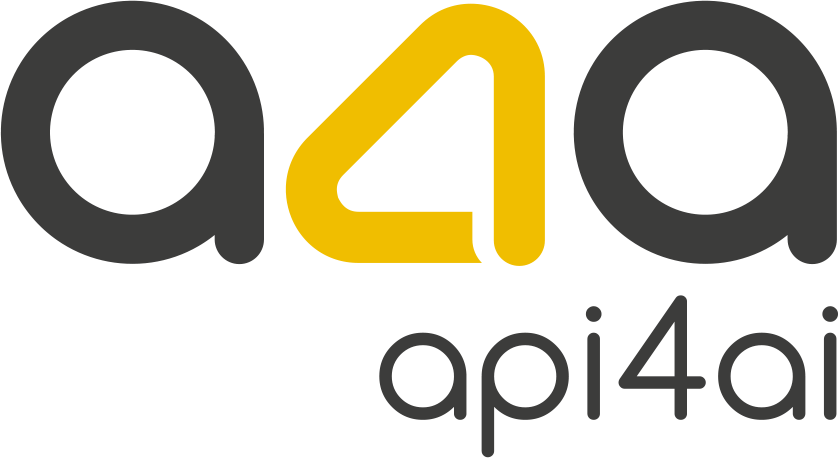
Omnichannel Consistency: Web, App, Print—Same Look
Omnichannel consistency doesn’t require more meetings — it requires a better operating model. This post shows how a single, approved master image can become every downstream asset — thumbnails, hero banners, app tiles, partner feeds, and print-ready brochures — with zero manual retouching. By encoding brand rules into templates and enforcing them with vision APIs (background removal, focal guidance, logo/brand checks, OCR for legibility, NSFW and privacy controls), companies get the same look everywhere while cutting cycle time and rework.
For executives, the outcomes are concrete: faster time-to-publish, fewer sales–design revisions, a flatter cost curve per 1,000 assets, and built-in compliance for regulated categories. Practical examples include automotive imagery standardized via a Car Image Background Removal API, then auto-rendered across web, app, and print. You’ll get a plain-English pipeline map, a KPI scorecard to prove ROI, and a clear build-buy-blend decision framework — leveraging ready-to-go image processing APIs (e.g., Background Removal, OCR, Brand/Logo Recognition, Image Anonymization) and adding custom development only where it moves the numbers. Start with a 30-day pilot; scale once the metrics speak.

Digital Asset Management: The Role of AI-Powered APIs
Managing digital assets is more complex than ever, with businesses generating thousands of images, videos and documents daily. Traditional DAM systems struggle to keep up, often relying on manual tagging and metadata entry that slow down workflows and increase costs. AI-powered Image Labeling APIs are revolutionizing digital asset management by automating tasks like tagging, metadata generation and content moderation. These tools improve search accuracy, ensure brand consistency and reduce compliance risks, enabling companies to manage their growing digital libraries efficiently. Embracing AI automation in DAM workflows is no longer optional — it’s the key to staying competitive in the fast-evolving digital landscape.

AI and Digital Asset Management
The exponential growth of digital assets has made effective management more challenging than ever. Traditional systems often fall short in handling the volume, complexity and demands of modern workflows. AI-powered solutions are revolutionizing Digital Asset Management (DAM) by automating repetitive tasks, enhancing metadata accuracy, enabling intelligent search and scaling with growing content libraries. Discover how AI transforms DAM into a smarter, more efficient system, empowering organizations to unlock the full potential of their digital assets and stay ahead in today’s content-driven world.
